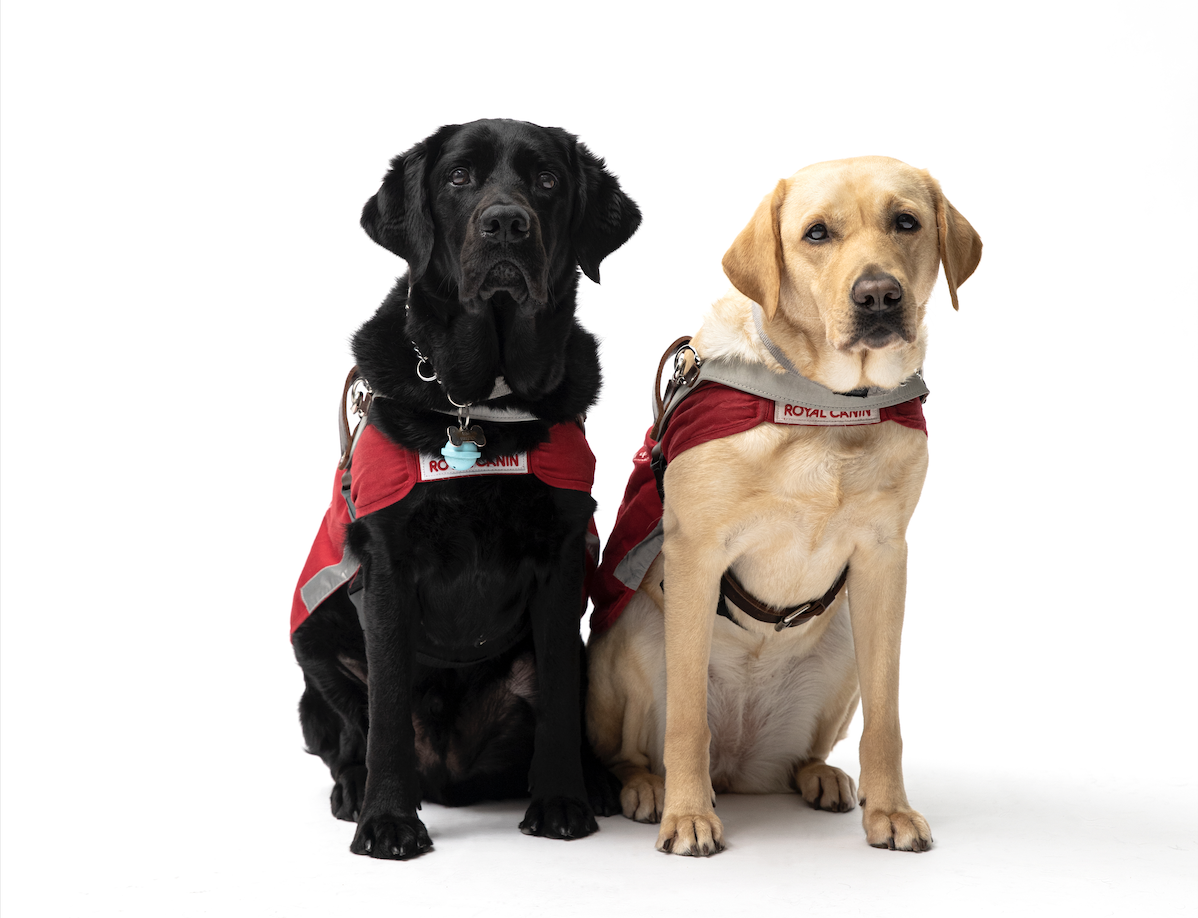There’s hope for Hong Kong’s visually impaired residents, as the city’s first guide dog training school, backed by revenue from an NFT project, opens this summer
Walker is more than a guide dog to Rebekah Lam’s family. Seven years ago, her father, who suffers from inherited retinal dystrophy and can barely distinguish light and distance, took a misstep and fell onto the light rail track in Yuen Long. All his belongings fell out of his bag and his hearing aid battery fell off. “That was when I knew he couldn’t just rely on canes; he needed a companion,” Lam says.
Back then, Raymond Cheung, the founding chairman of the Hong Kong Seeing Eye Dog Services, was advocating the use of guide dogs in the city, setting up kiosks around town to speak to people about the idea. “My father came across Cheung’s booth and stepped on a seeing eye dog’s tail by accident. To our surprise, it didn’t bite back,” Lam recalls. “We decided to give the seeing eye dog service a try for a month; our lives changed completely.” Seeing eye dogs are the same as guide dogs.

Walker, a ten-year-old Labrador Retriever, became Lam’s father’s eyes in November 2014. “In the past, passers-by avoided my father when they saw him using his cane. Now, when they see his seeing eye dog, people warm up to him and make small talk about Walker; restaurant owners read the menu to him. He has been happier, safer and less lonely, and I feel relieved,” Lam says. “We see Walker as family. I call him ‘little brother’.”
Cheung, who has been training guide dogs for more than a decade and describes his work as “sacred”, says that the animals are more reliable than canes. They help visually impaired avoid obstacles, such as temporary roadblocks, in their usual routes, or cross the road in a noisy environment that disrupts audio navigation.
Cheung also says guide dogs are great mental support. “People with acquired visual impairment suffer more emotionally compared to those who are born blind,” he says, adding that some require treatment for depression. “The former need to adapt to the sudden loss of sight. They struggle with tasks as simple as using the bathroom. But some of the people using seeing eye dogs no longer need to take antidepressants. They see the dogs as their soulmates.”





